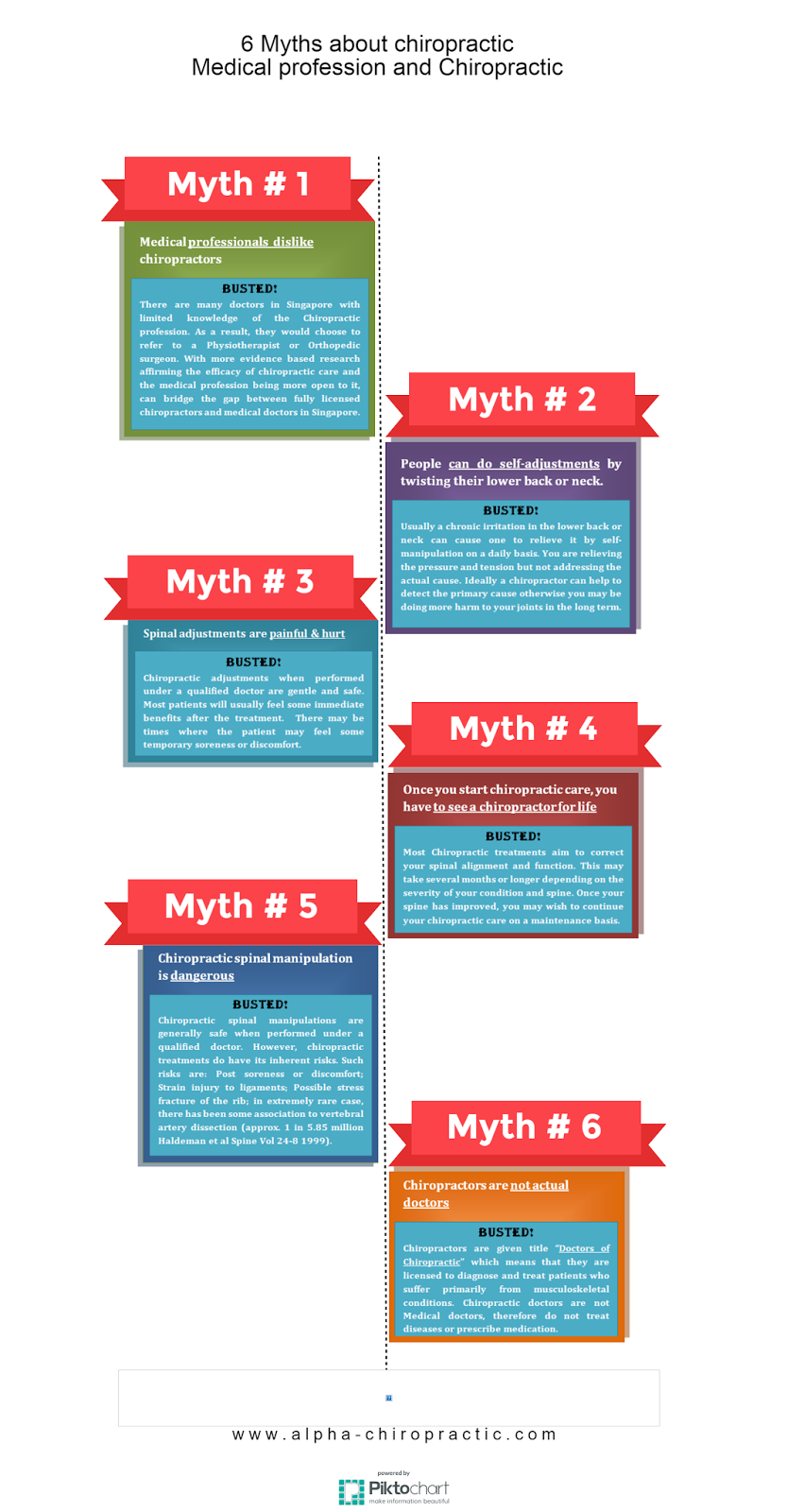The Duty Of Pose In Neck And Back Pain: Tips For Achieving And Maintaining Good Placement Throughout Your Day
The Duty Of Pose In Neck And Back Pain: Tips For Achieving And Maintaining Good Placement Throughout Your Day
Blog Article
Developed By-Houghton Mcgowan
Maintaining proper stance isn't almost sitting up straight; it's about straightening your body in such a way that sustains your back and reduces the risk of neck and back pain. The way you rest, stand, and relocate throughout the day can significantly affect your spinal health and wellness. Yet just how exactly can Click In this article make sure great positioning continually, also throughout busy days filled with various activities? Let's delve deeper right into the refined yet impactful changes you can make to your everyday routine to keep your back happy and healthy and balanced.
Significance of Proper Position
Appropriate posture is critical in preserving a healthy back and protecting against discomfort. When you rest or stand with excellent position, your back is in positioning, minimizing stress on your muscular tissues, ligaments, and joints. This positioning permits the body to disperse weight evenly, stopping too much stress on particular areas that can bring about discomfort and discomfort. By maintaining your spine properly aligned, you can likewise enhance your breathing and digestion, as slouching can compress organs and restrict their performance.
Moreover, maintaining great position can enhance your general look and self-esteem. When you stand tall with your shoulders back and head held high, you emanate confidence and appear even more approachable. Good pose can also make you feel much more energized and sharp, as it promotes appropriate blood circulation and allows your muscular tissues to work successfully.
Including proper stance right into your day-to-day routine, whether sitting at a desk, walking, or working out, is important for avoiding back pain and promoting overall health. Remember, a little change in exactly how you hold on your own can make a substantial distinction in just how you really feel and operate throughout the day.
Common Postural Mistakes
When it concerns preserving good position, many individuals unwittingly make usual mistakes that can add to pain in the back and discomfort. One of one of the most prevalent mistakes is slouching or hunching over while resting or standing. This setting puts excessive stress on the spinal column and can cause muscle discrepancies and discomfort over time.
Another common blunder is overarching the reduced back, which can flatten the natural curve of the spinal column and trigger pain. In just click the next article , crossing legs while resting may really feel comfortable, but it can create an imbalance in the hips and hips, causing postural issues.
Utilizing a cushion that's also soft or also firm while sleeping can also affect your alignment and contribute to back pain. Lastly, frequently craning your neck to check out displays or adjusting your position regularly can stress the neck and shoulders. Being mindful of these typical postural mistakes can help you maintain far better positioning and reduce the threat of pain in the back.
Tips for Correcting Alignment
To enhance your positioning and minimize pain in the back, it's necessary to focus on making small adjustments throughout your everyday routine. Beginning by being lower back strain of your position. When sitting, ensure your feet are level on the flooring, your back is straight, and your shoulders are unwinded. Avoid slouching or leaning to Learn Additional . Use ergonomic chairs or pillows to support your lower back.
When standing, distribute your weight equally on both feet, maintain your knees somewhat curved, and tuck in your hips. Involve your core muscle mass to support your back. Take breaks to extend and walk if you have an inactive work. Incorporate exercises that enhance your core and back muscular tissues, such as slabs or bridges.
While resting, utilize a cushion that sustains the natural contour of your neck to preserve correct spinal positioning. Prevent sleeping on your stomach, as it can strain your neck and back. By bearing in mind these pointers and making small modifications, you can gradually fix your placement and ease neck and back pain.
Conclusion
Remember, maintaining good posture is vital to avoid neck and back pain and advertising spinal health and wellness. By bearing in mind your positioning, dispersing weight uniformly, and involving your core muscular tissues, you can reduce strain on your back and minimize the risk of pain and injury. Include ergonomic assistance, take routine breaks to stretch, and strengthen your core and back muscle mass to preserve correct placement throughout the day. Your back will certainly thank you for it!
